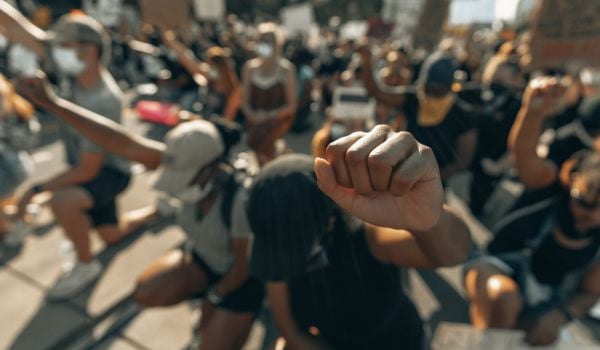“Once you start noticing sensors in your city, you’ll see many more,” notes Mayo Nissen. The designer, who works at global design firm Frog Design, describes the various pieces of technology actively taking the pulse of New York City day in and day out as “partially visible and partially invisible.” Nissen surveyed the city and trained his camera on these sensors, looking for logos and barcodes. Then he turned to the Internet, hunting for contracts, press releases, even user manuals to explain why such sensors had been given a place in his city.
“I’ve never bought an E-ZPass reader, because why would I?” he says. “But now here’s a manual explaining the wiring on the back. There was some sense,” he adds with a laugh, “that maybe I shouldn’t be reading this.” I asked him to explain what he finds particularly compelling about some of the sensors he uncovered. (All photos below by Mayo Nissen.)Remote Traffic Microwave Radar Sensor
“There are sensors that sound very science-fictiony, with microwaves and radars and RFID. If you were to describe them out of context, people would think that you’re describing something that in the future might be part of the city. But they’re actually entirely normal and everywhere already, especially in New York.
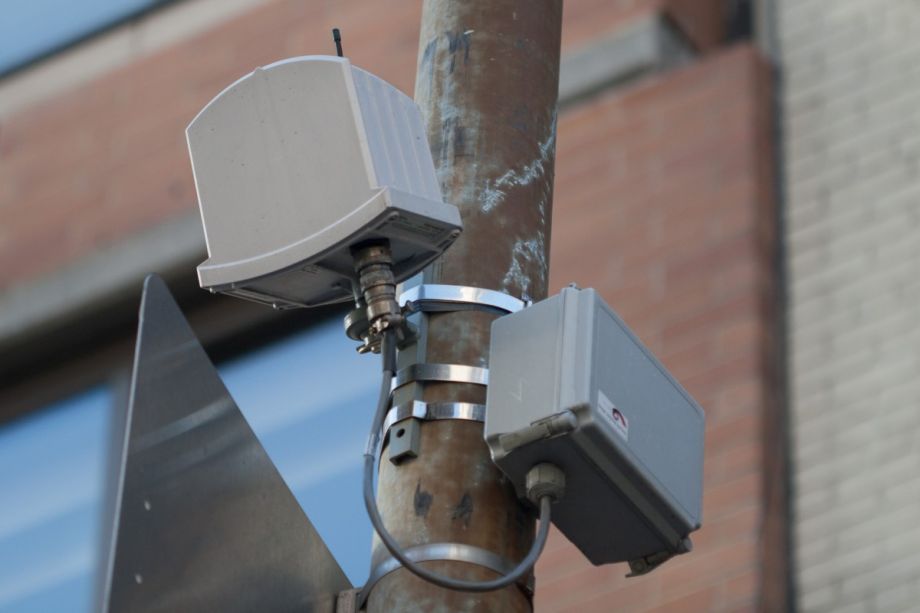
Even just the idea that traffic is measured by radar — it’s not that radar is a new technology. But I think we think of it as something that maybe the military uses in their cutting-edge stuff. Even though we’ve had microwaves in our kitchens for decades, there’s still some kind of … not understandableness to the technology. There are waves of particular frequencies that somehow boil water, but at the same time are being used to sense vehicles driving down our streets?”
RFID E-ZPass Reader
“Something like 70 to 80 percent of the vehicles in New York have E-ZPass. The original reason for having the system is that it would speed up tolls and speed up traffic flow.
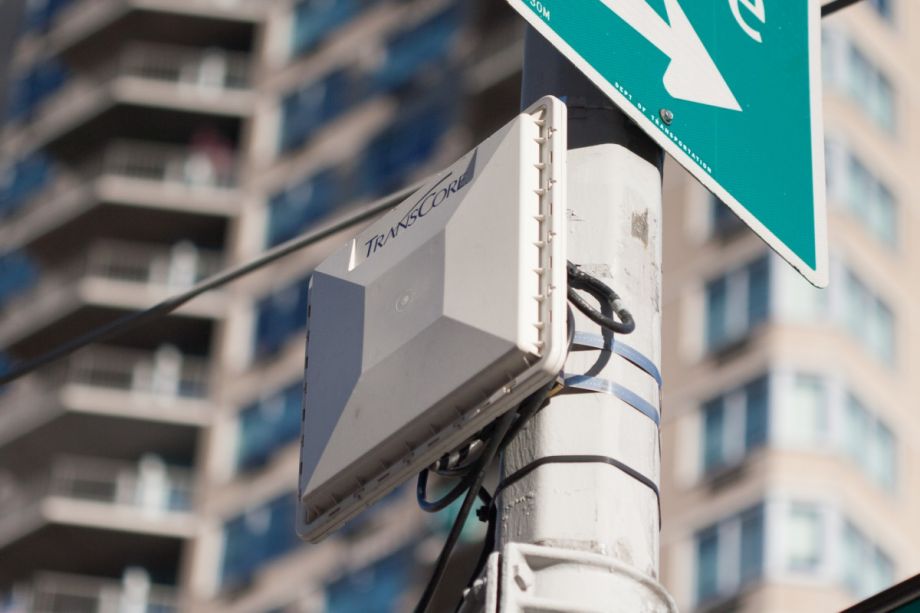
But it turns out that when you have that many vehicles with this transponder in them, it becomes useful for highly different purposes. What these readers are doing are reading vehicles that pass by. Unlike tool booths, where they, checking, ‘This is Vehicle 123 that belongs to this account that has that much money on it,’ all these are really saying is that Vehicle 123 was here at this time and is spotted five blocks later at whatever time. From that, you can start to build up a picture of where traffic is flowing. Where is it congested? Where is it running smoothly? That allows them to adjust traffic lights in response.
But that only works because such a high number of vehicles in New York have these transponders in them. The original purpose is still there, but it’s being rethought from the perspective of, ‘Okay, we have all of his stuff. What else can we do with it?’”
NYPD Security Camera
“The two things hanging off the side, those are things we recognize as security cameras. We see them in private buildings, we see them in airports, we see them out on the street. But I couldn’t possibly tell you what’s in that big box. It may just be a computer. It could be a hard disk where they’re storing that footage. But I don’t know why you need such a big box. It obviously requires some amount of componentry and electronics, but not all of them have that box, and I don’t know what the different is.

You can see the square a little higher up the pole. That’s a networking component. That’s sending the footage somewhere. There’s no way of knowing if it’s sending it all at once live or if it’s recording it and sending it at night when it otherwise can’t capture stuff. It’s entirely possible that that box is identifying interesting footage and only sending the interesting stuff. But all of that is just pure conjecture. There’s no way of understanding what’s in that. It’s nearly literally a black box.”
Department of Homeland Security’s CrimeEye
“I know that I’m allowed to be on the street with my camera. I know the legality of that. But there was definitely a sense of, ‘Is suddenly a police car going to come racing around the corner?’ There was a little nervousness about that, and that’s a little odd. I know that I’m not doing anything wrong.
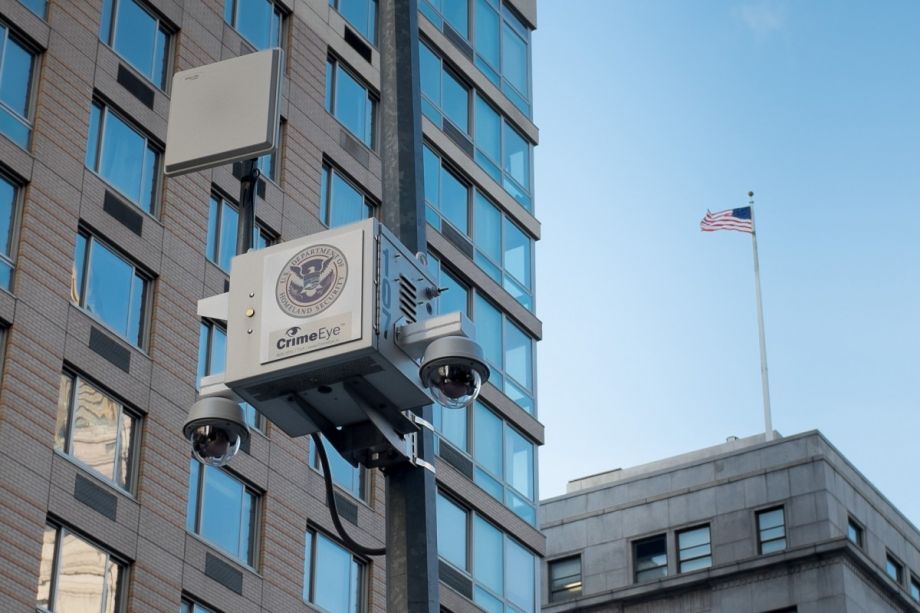
Between the NYPD one and the Department of Homeland Security one, it’s also a little fascinating, that they’re labeled like that indicates that there under some kind of different jurisdiction. That footage belongs to different departments and has entirely different laws wrapped around it: who’s allowed to see it, which databases that information is allowed to be crosschecked with, how long that footage is being retained.”
Weather Station
“This weather station was on top of a streetlight on a perfectly normal public street in Soho. And other than that label that indicates who makes it, there’s no way of knowing who it belongs to. I looked pretty hard at it, and I couldn’t figure out why it was there. Was it there for a department? Did someone just put it there one day? Did the Department of Environmental Protection [DEP] put it there? It could be the local TV station or radio station that put it up, but there’s no way to know. It was very odd. It’s just kinda hanging out.
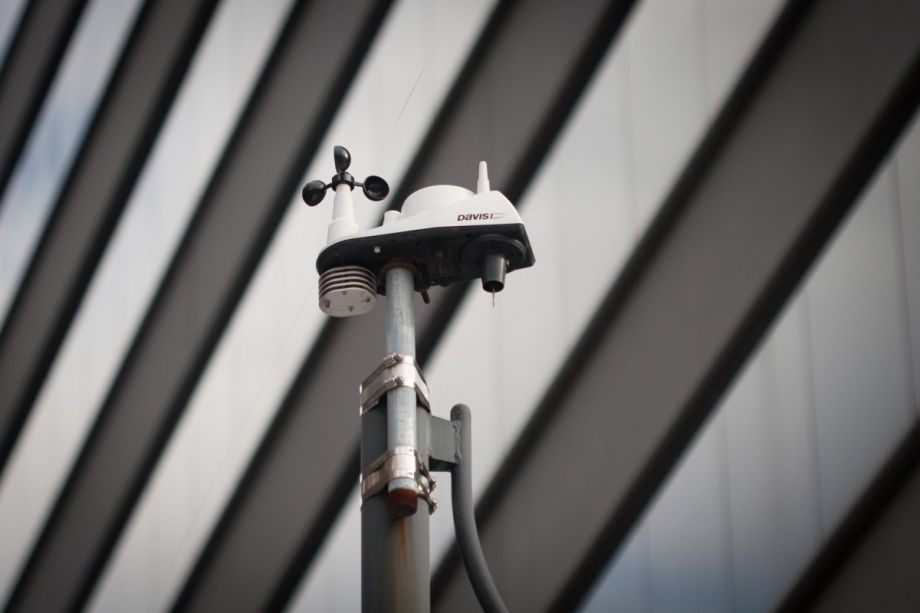
DEP has a range of environmental monitoring stations around the city. On their website they have a description of what they sense. They have a map where they’ve marked where they have stations. This isn’t at one of those points. And I’ve gone to several of those points and not been able to find the stations they talk about. Maybe they’re up on roofs, but I’ve looked at every pole on the street up and down, studied the facades of buildings, and I haven’t found the ones that are described as being there.”
Magnetometer Parking Sensor
“Most of [the sensors] I found just in the course of me going about my daily life, out on a bike ride on a beautiful day, and I just stopped when I saw one. This particular parking sensor was one of the few that I sought out. I knew where the pilot project was, and I went out to look for them. I took my bike over to Roosevelt Island and biked around. It took me a while to find them. I knew that I was looking for things sunken into the ground, but it’s a really small pilot [project]. There’s 15 of them, maybe, on the west side of the island. What they’re saying is, ‘There’s a two-ton hunk of metal above me.’
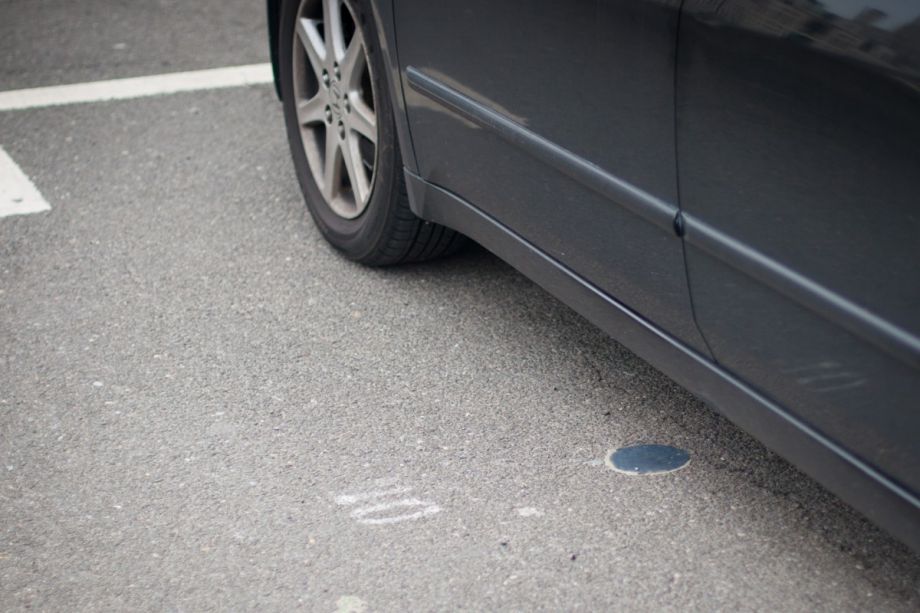
One thing I find especially interesting about those is that parking sensors are very often used as the immediately graspable idea of what it means to put sensors all over the city. There are all sorts of articles that say, ‘The future of the city is putting sensors everywhere, and an example of that would be parking sensors, so that you could look at your iPhone and know where to park.’ And everyone says, Oh, I get it. But they’re actually pretty rare. In New York, there’s this one pilot in Roosevelt Island and one up in the Bronx. It’s kind of interesting that you have to go hunt for them.”

Nancy Scola is a Washington, DC-based journalist whose work tends to focus on the intersections of technology, politics, and public policy. Shortly after returning from Havana she started as a tech reporter at POLITICO.

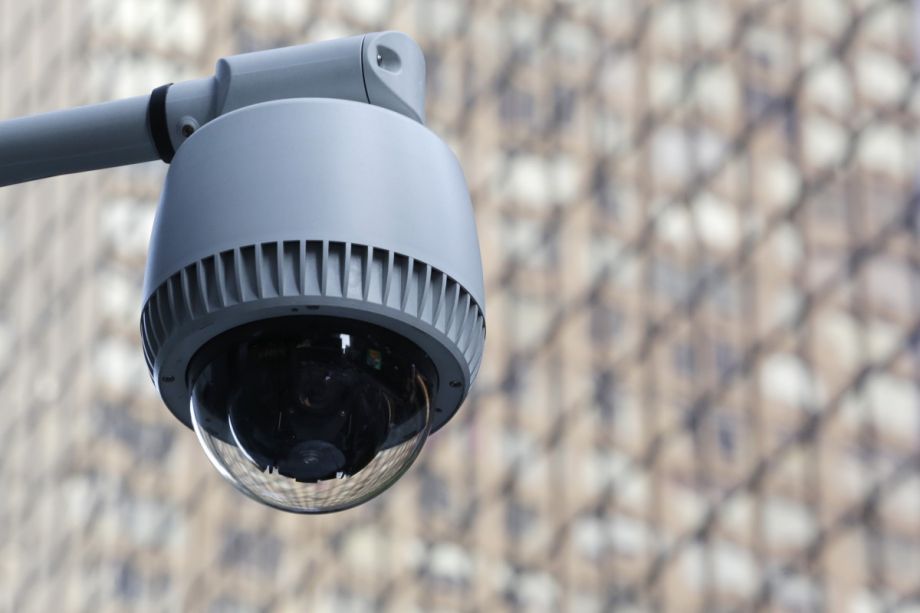
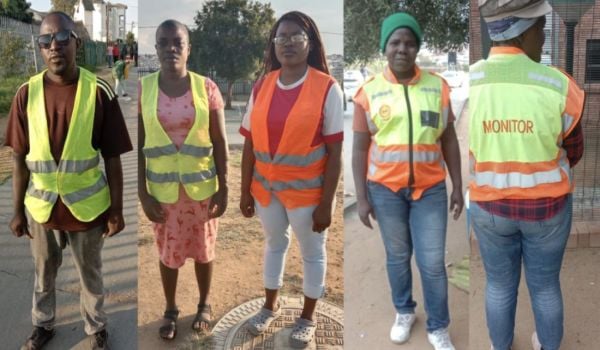
_600_350_80_s_c1.jpg)




_on_a_Sunday_600_350_80_s_c1.jpeg)
